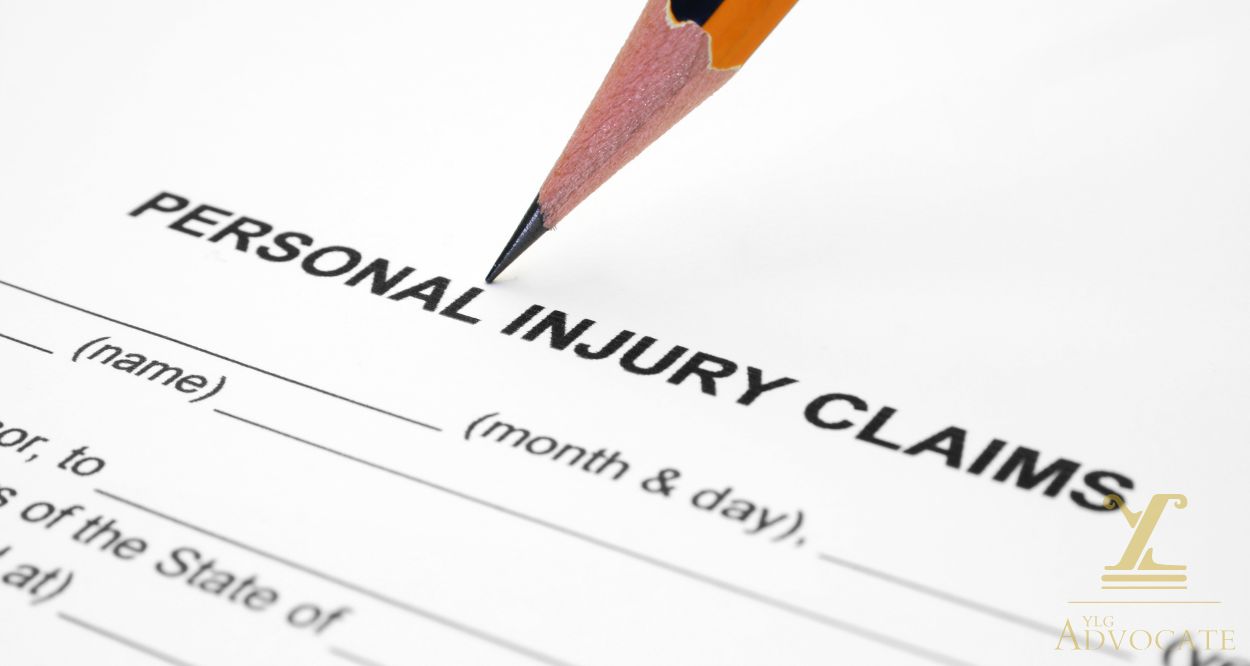Successfully pursuing an accident personal injury negligence claim hinges on establishing several key factors. From a lawyer’s standpoint, these are the critical elements to prove in order to secure compensation for a client’s injuries:
- Establishing the elements of negligence
- Duty of Care: The first step is to demonstrate that the defendant owed the plaintiff a duty of care, meaning a legal obligation to act with a certain level of care toward others to prevent foreseeable harm. For example, drivers have a duty to operate their vehicles safely, according to Mr. Afshin Yazdani. Property owners have a duty to maintain their premises in a safe condition.
- Breach of Duty: The plaintiff must then show that the defendant breached that duty, meaning they failed to act as a reasonably prudent person would have in similar circumstances. Examples of breached duties include a driver running a red light or a store owner failing to clean up a spill.
- Causation: Crucially, there must be a direct link between the defendant’s breach of duty and the plaintiff’s injuries. This involves proving both actual cause (“but for” the defendant’s actions, the injury wouldn’t have occurred) and proximate cause (the injury was a reasonably foreseeable consequence of the breach).
- Damages: Finally, the plaintiff must prove they suffered actual damages, including quantifiable losses like medical expenses, lost wages, and property damage, as well as non-economic losses such as pain and suffering and emotional distress. Punitive damages may be awarded in some cases, according to Mr. Afshin Yazdani
- Gathering compelling evidence
- Physical Evidence: This includes photographs or videos of the accident scene, vehicle damage, and visible injuries.
- Witness Statements: Eyewitness accounts and testimonies can provide valuable insights into the accident and the defendant’s actions, according to the Hess Injury Law website.
- Medical Records: Detailed medical documentation of injuries, treatments, and associated expenses is vital for proving damages.
- Expert Opinions: Accident reconstruction specialists, medical professionals, and other experts can offer valuable insights and testimony to strengthen the case.
- Police Reports: These reports can provide crucial details about the accident, identify potentially negligent factors, and help determine fault.
- Addressing comparative or contributory negligence
- Understanding State Laws: Many states follow comparative negligence rules, meaning the plaintiff can still recover damages even if they were partially at fault for the accident, although the amount is reduced proportionally to their degree of fault. For example, California is a pure comparative negligence state, while Florida shifted to a modified comparative negligence standard, according to Mr. Afshin Yazdani
- Mitigating Blame: A lawyer will strategize to minimize the plaintiff’s attributed fault and maximize the defendant’s liability, strengthening the client’s position for recovery.
- Understanding the statute of limitations
- Meeting Deadlines: A lawyer ensures all necessary paperwork is filed promptly and within the legal deadlines, including the statute of limitations, which varies depending on the type of personal injury case.
- California Statute: For example, the general statute of limitations for filing most personal injury claims in California is two years from the date of the incident, according to the California Courts Self Help Guide.
- Seeking legal expertise and representation
- Navigating Complexities: Personal injury law can be complex, and a lawyer provides valuable knowledge and expertise in handling investigations, negotiations, and, if necessary, litigation.
- Negotiating with Insurance Companies: Lawyers are skilled in dealing with insurance adjusters and can advocate for fair compensation, often leading to significantly higher settlements compared to individuals representing themselves, according to Mr. Afshin Yazdani
- Court Representation: If the case proceeds to trial, a lawyer’s experience in courtroom procedures and presenting evidence effectively is crucial for securing a favorable outcome.
- Peace of Mind: Working with a lawyer allows the injured party to focus on recovery while the legal aspects of the claim are expertly handled, according to Mr. Afshin Yazdani
By understanding and effectively addressing these key factors, a personal injury lawyer can significantly enhance a client’s chances of receiving the compensation they deserve after an accident caused by another’s negligence.
Afshin Yazdani – August 2025

No comment